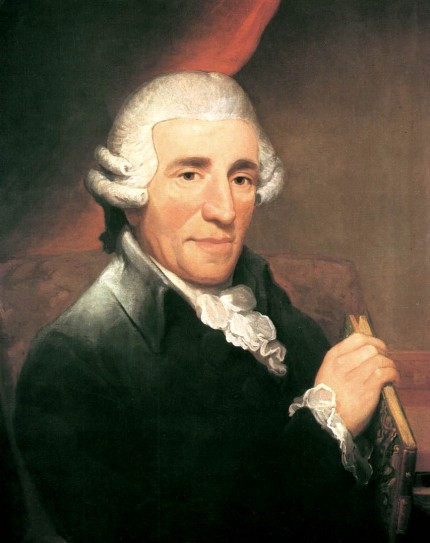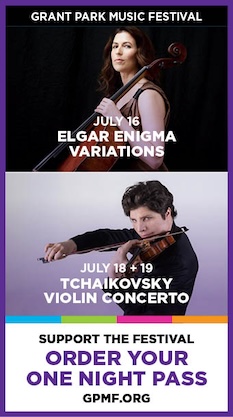Music of the Baroque banishes the winter chill with Haydn and the Mozarts

A requiem wouldn’t have been out of place Sunday night. Certainly many in Chicago were mourning that afternoon’s playoff loss by the Bears to the Packers.
But life goes on, as Music of the Baroque made abundantly clear in its program of works by Haydn and the two Mozarts—Wolfgang and Leopold–at Evanston’s First United Methodist Church. There was even an unexpected hint of springtime as the ensemble, under the brisk baton of Music Director Jane Glover, worked its way through Haydn’s Symphonies No. 102 and 104 (London), Leopold Mozart’s Trumpet Concerto and his son’s Concerto for Bassoon in B-flat Major, K. 191.
Written between 1762 and 1795, these works come from a period when composers were tremendously excited about writing for orchestra. Haydn was composing audaciously, coming up with new approaches to tonal color and structural form. Instrument makers were designing more powerful versions of traditional models, and new instruments were being introduced. An invigorating sense of innovation was in the air.
Glover, who is always light on her feet at the podium, captured that spirit perfectly. Swaying with the rhythm, scooping the air with her left hand, she seemed to urge the players to breathe deeply and allow the music to soar confidently to the heavens.
Haydn’s two late symphonies—No. 102, which opened the evening, and No. 104, the final piece—were eloquently shaped. They encompass typical Haydn fingerprints—sudden shifts of mood, full-throated melodies—that fired the imaginations of Mozart and Beethoven. Without turning 18th-century Haydn into a 19th century, Romantic-era caricature, MOB managed to explore fully the depths of Haydn’s musical shape-shifting.
Symphony No. 102 opens with a long, unsettling chord. We had a sense of breathless, suspended animation before Glover and her players moved with joyful ease into a shimmering, celestial passage for strings. In the first pages of Symphony No. 104, a similarly abrupt change of mood was even more powerful. The opening fanfare was commanding, a stirring announcement that a great personage was about to appear. But the phrases that followed were entirely different, hesitant, questioning strings that implied fearful events to come.
Two of MOB’s finest players—co-principal trumpet Barbara Butler and principal bassoon William Buchman (assistant principal bassoon of the Chicago Symphony)—were the evening’s soloists. Butler’s tone was bright, assertive and crisply precise in Leopold Mozart’s florid Trumpet Concerto. Buchman brought rich, smoky color and fluent virtuoso turns to Wolfgang’s Bassoon Concerto.
The program will be repeated 7:30 p.m. Monday at the Harris Theater, 205 E. Randolph. baroque.org; 312-551-1414
Posted in Performances


